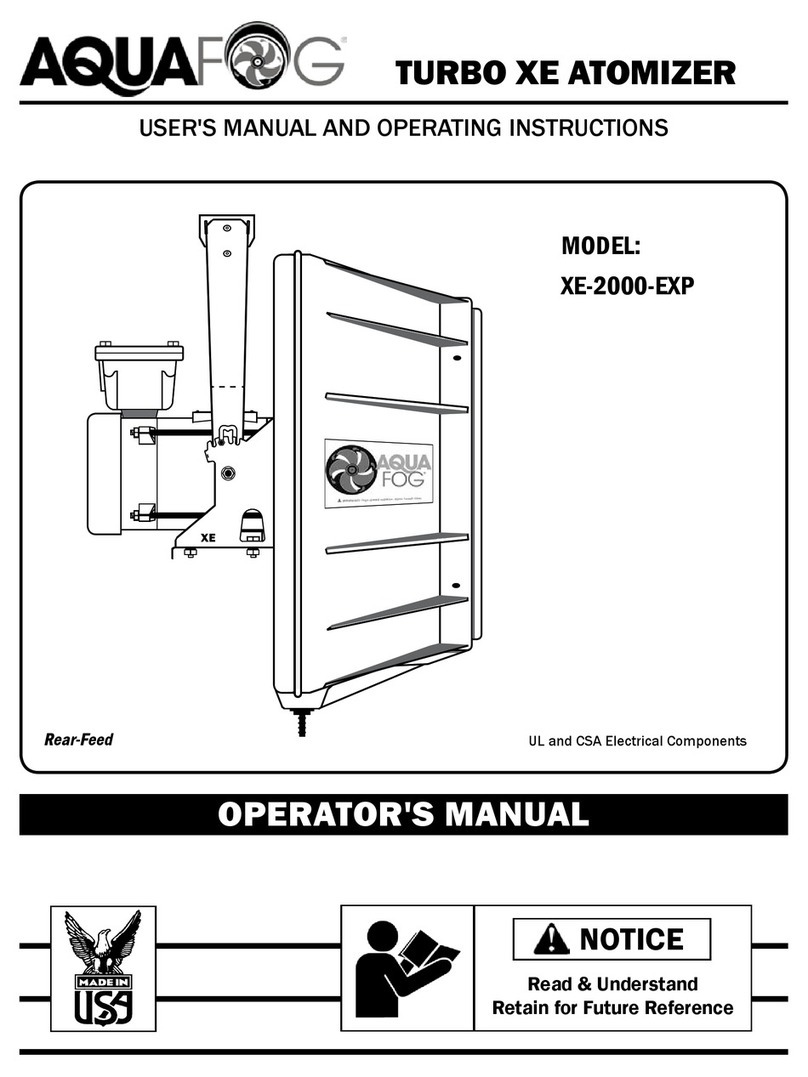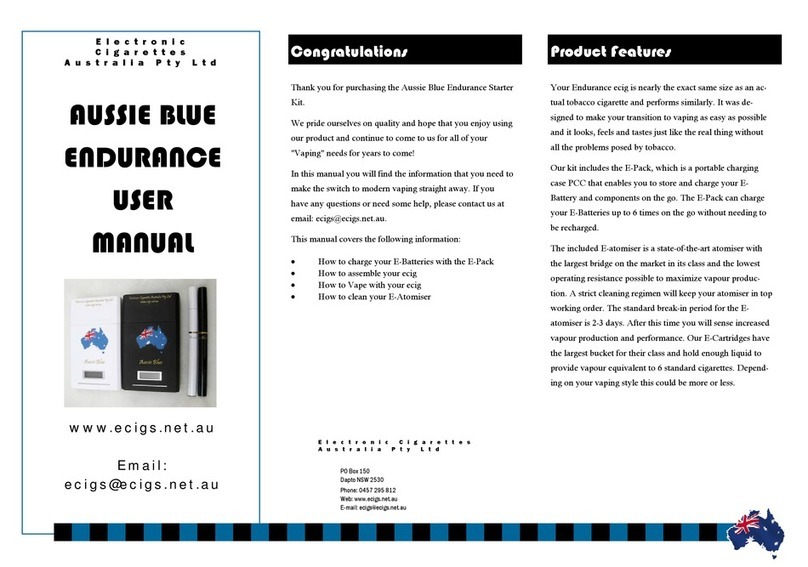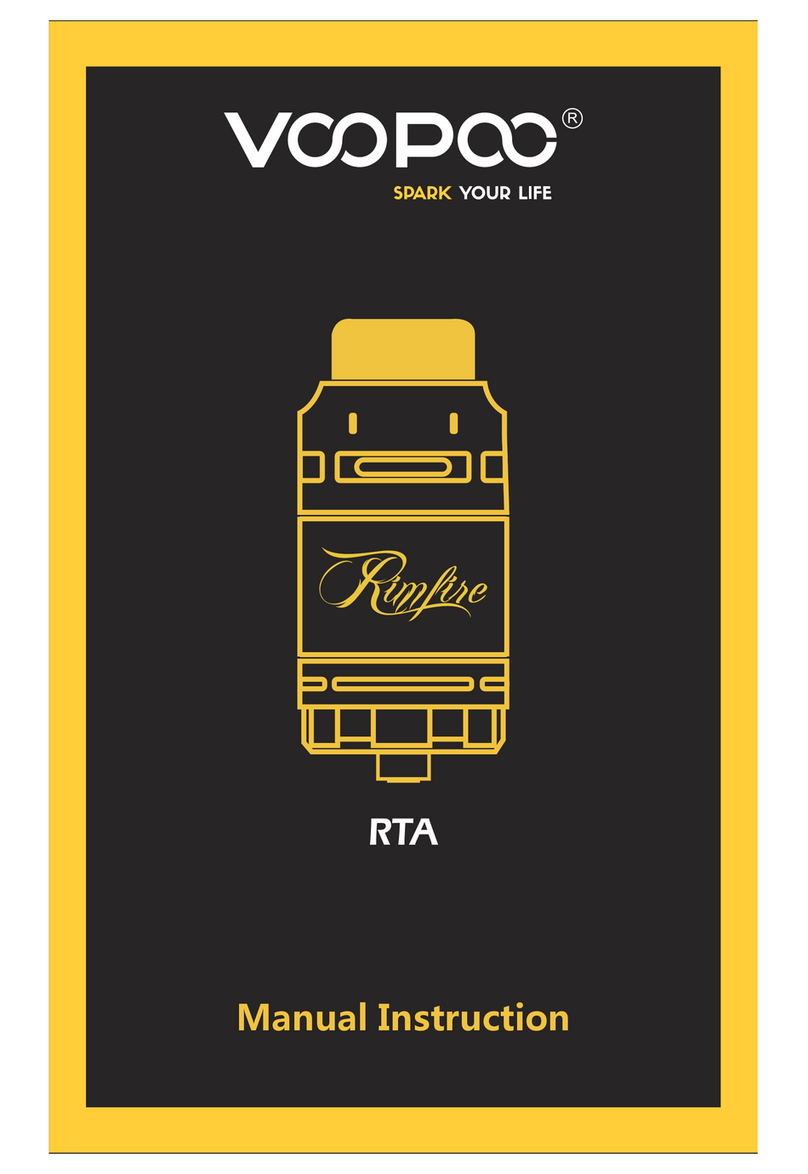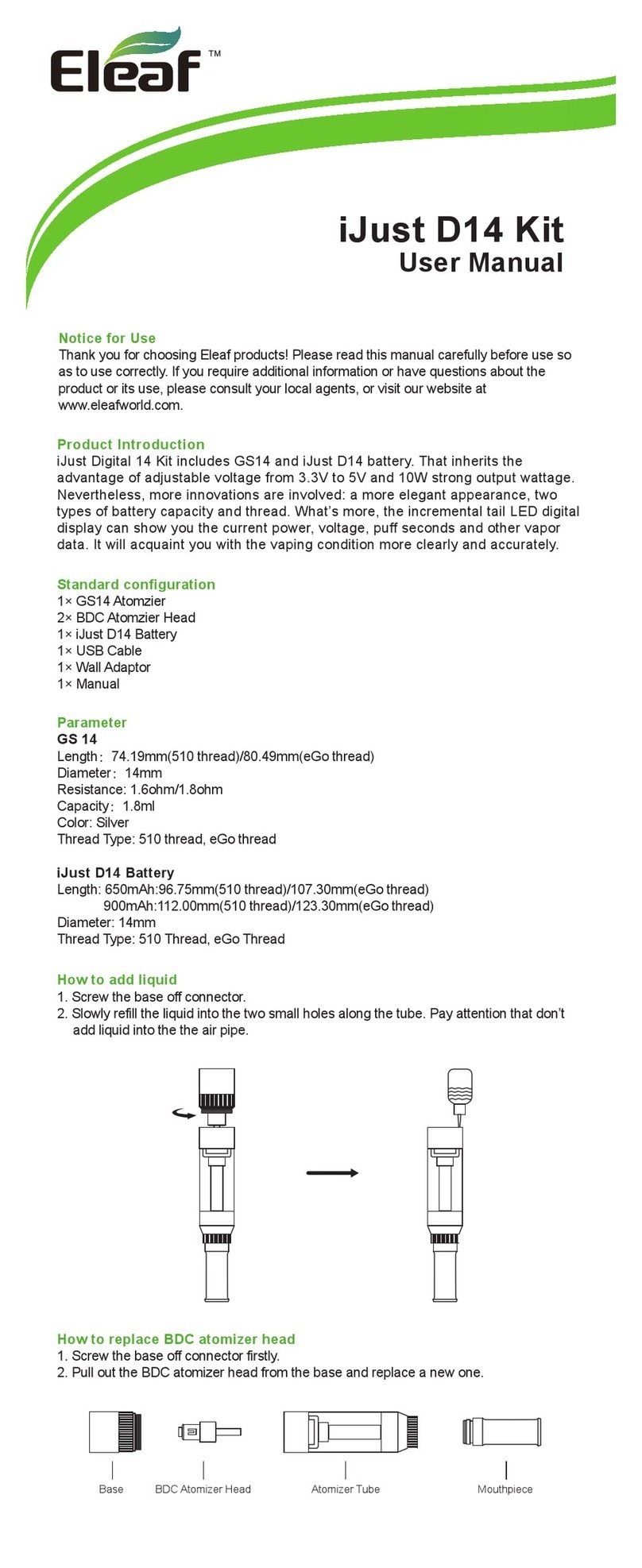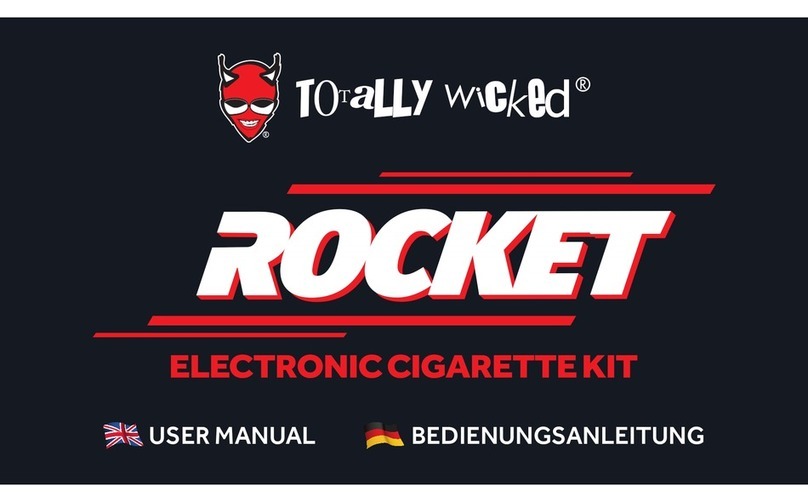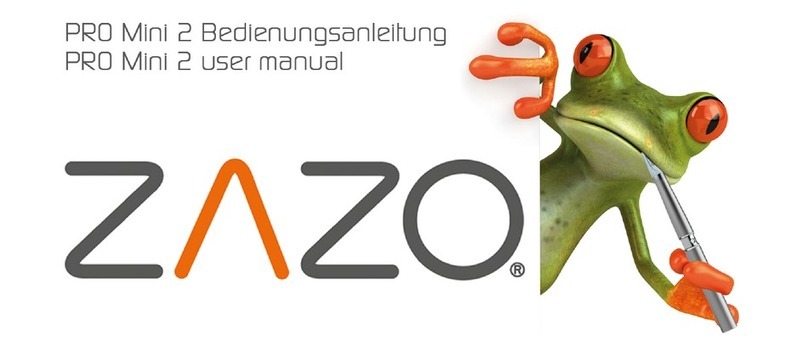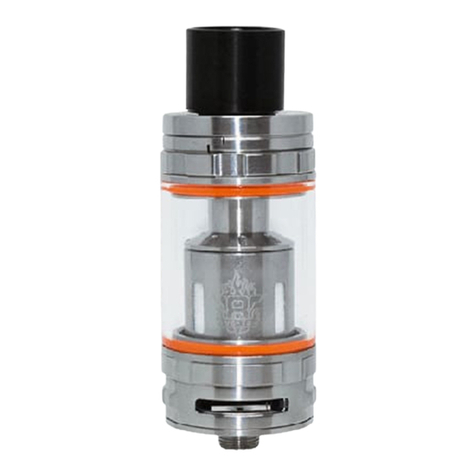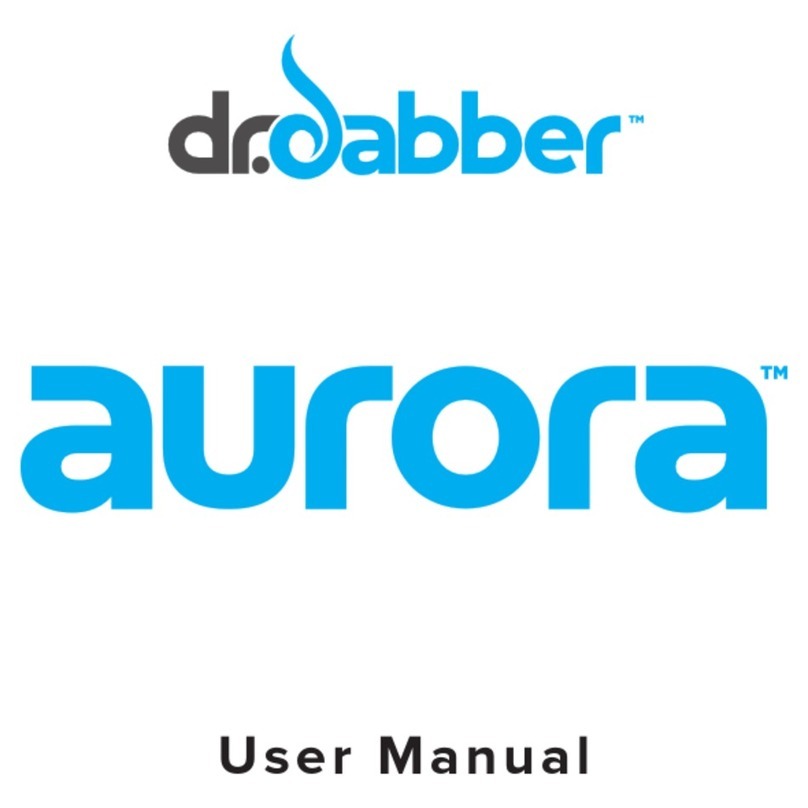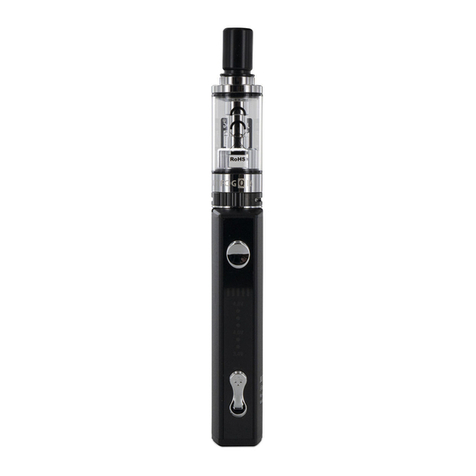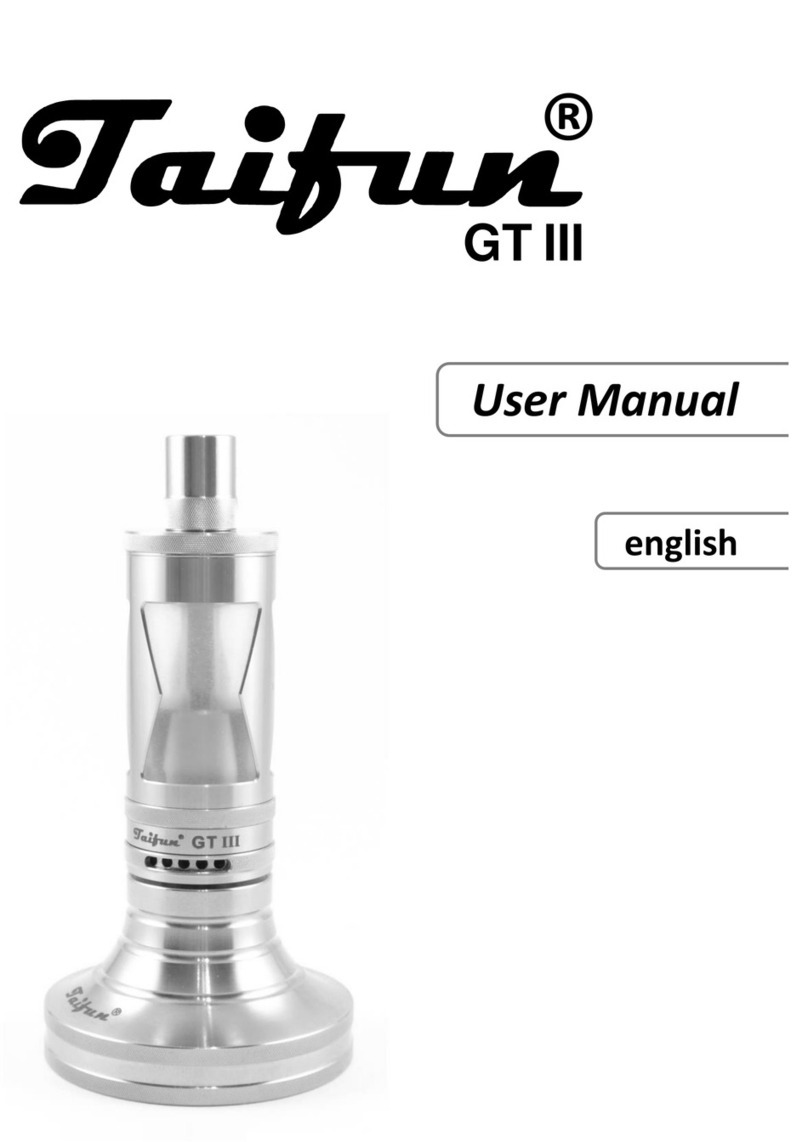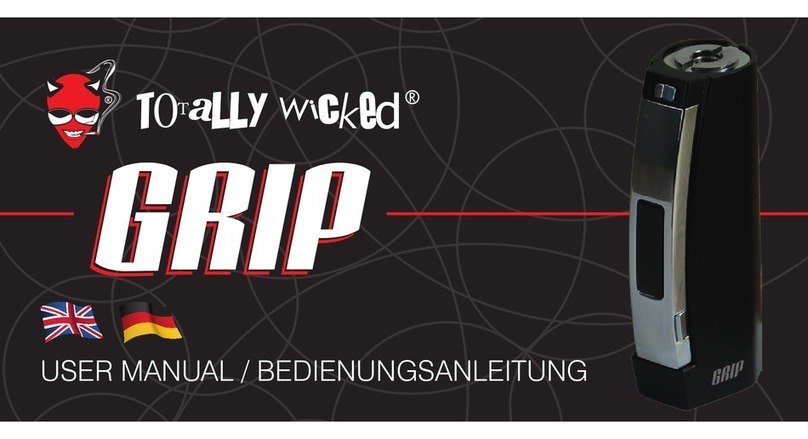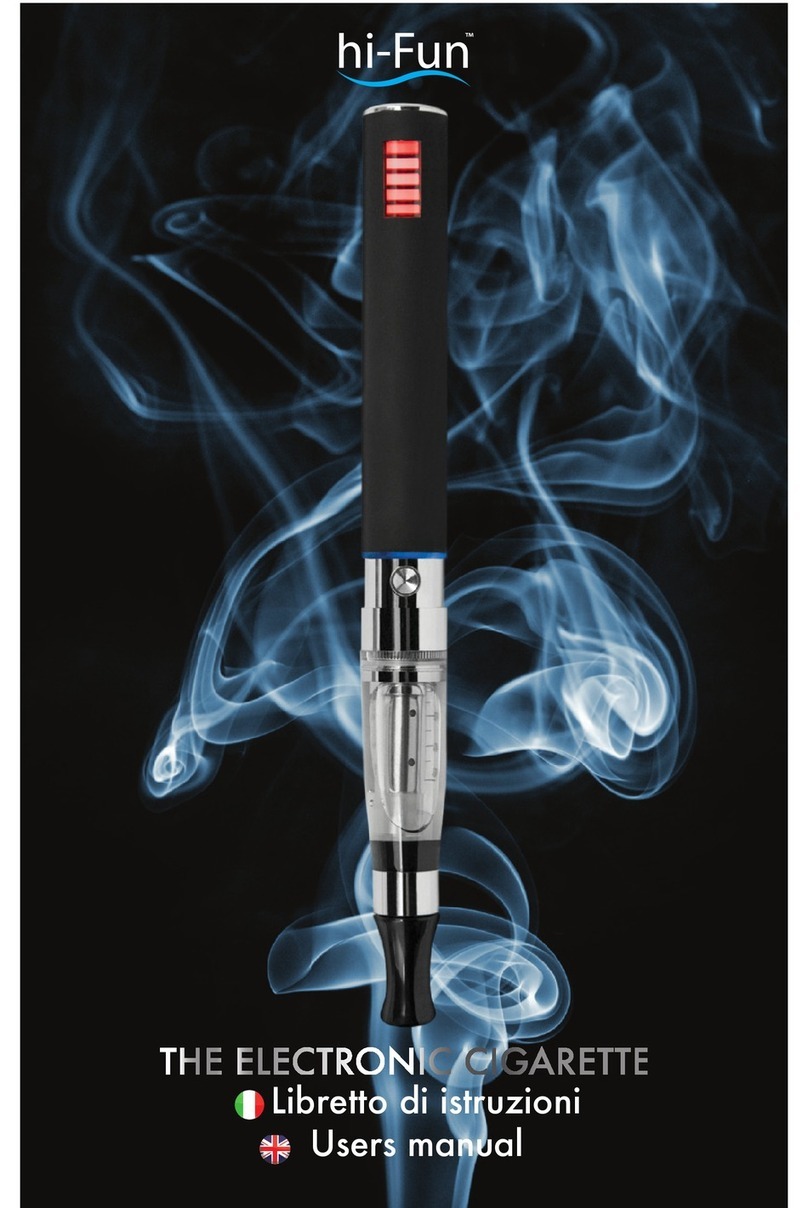
3
WARRANTY INFORMATION................................................................................................................................................. 4
PDF FILE FORMAT................................................................................................................................................................ 5
CAUTIONS AND WARNINGS................................................................................................................................................ 7
FOREWORD ........................................................................................................................................................................... 8
DESCRIPTION OF DESIGN AND OPERATION ................................................................................................................... 8
SYSTEMS DIAGRAM ............................................................................................................................................................... 9
INSTALLATION, CALIBRATION AND OPERATION.......................................................................................................... 10
MACHINE INSTALLATION ...................................................................................................................................................... 10
BATTERY POWER SOURCE .................................................................................................................................................. 10
For Stand Alone Operation-Not connected to vehicle charging system, recharging required .................................... 10
For Vehicle Mounted Operation - For continuous operation connected to vehicle charging system........................... 11
BATTERY CHARGING TIPS.................................................................................................................................................... 12
BATTERY VOLTMETER ......................................................................................................................................................... 13
PUMP CALIBRATION................................................................................................................................................................................... 14
FLOW RATE TABLE.............................................................................................................................................................. 14
OPTIONAL VARIABLE-FLOW-CONTROL ................................................................................................................................. 15
OPERATION ........................................................................................................................................................................ 16
DYNA-TRAX GPS OPTION................................................................................................................................................... 17
FLUSHING ............................................................................................................................................................................ 18
PREVENTATIVE MAINTENANCE SCHEDULE .................................................................................................................. 19
CLEANING THE ATOMIZER'S POROUS SLEEVE ............................................................................................................ 20
ELECTRICAL WIRING DIAGRAM (L30, SERIES 2)........................................................................................................... 21
TERMINAL STRIP WIRE CONNECTION DIAGRAM .......................................................................................................... 22
CONNECTING THE DYNA-JET L30 TO THE VEHICLE ELECTRICAL SYSTEM............................................................. 23
MAJOR COMPONENT DIAGRAM AND PARTS LISTING (L30) ....................................................................................... 24
ATOMIZER ASSEMBLY (L30) ................................................................................................................................................ 26
REMOTE CONTROL ASSEMBLY (L30).................................................................................................................................... 27
PUMP ENCLOSURE ASSEMBLY (L30).................................................................................................................................... 28
PUMP/BRACKET ASSEMBLY (L30)........................................................................................................................................ 30
BLOWER HOUSING ASSEMBLY (L30) .................................................................................................................................... 32
ACTUATOR ASSEMBLY......................................................................................................................................................... 34
FORMULATION TANK ASSEMBLY........................................................................................................................................... 35
FLUSH TANK ASSEMBLY ...................................................................................................................................................... 36
PLUMBING DIAGRAM (L30) .................................................................................................................................................. 37
FORMULATION FILTER ASSEMBLY (L30) ............................................................................................................................... 3 8
3-WAY VALVE ASSEMBLY .................................................................................................................................................... 3 9
2-WAY VALVE ASSEMBLY..................................................................................................................................................... 4 0
PUMP ENCLOSURE WIRING DIAGRAM (L30).......................................................................................................................... 41
REMOTE CONTROL BOX SCHEMATIC (L30, SERIES 2)........................................................................................................... 42
MAINTAINING THE L30 ATOMIZER ................................................................................................................................... 43
MACHINE MOUNTING DIAGRAM ...................................................................................................................................... 44
CONVERSION CHART ........................................................................................................................................................ 46
